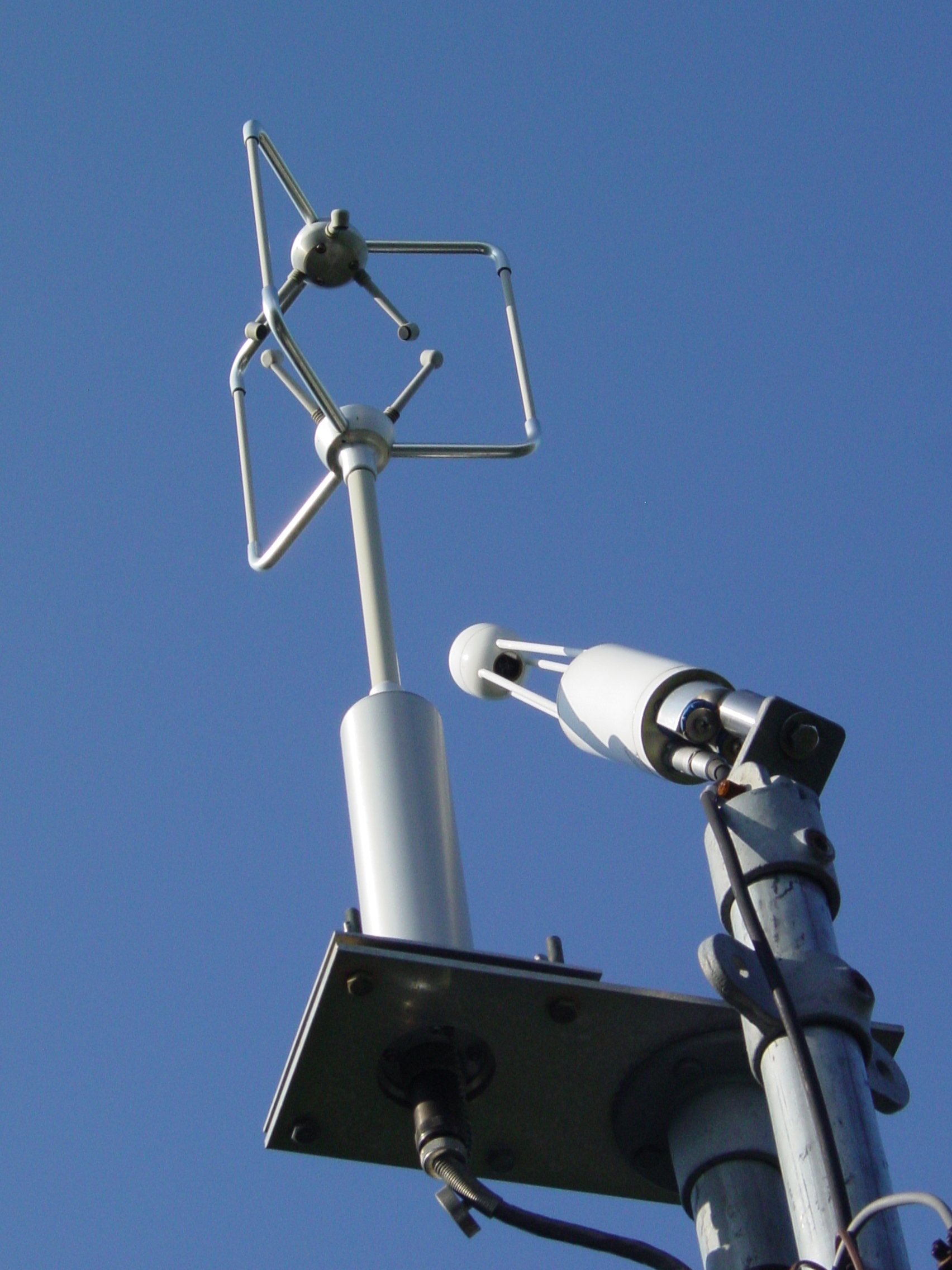|
Image Studio Lite
Image Studio™ Lite is free image processing software used for quantitation of Western blot images and images from related experiments. As of 2021, Image Studio Lite has been discontinued and is no longer available for download. In its place, LICOR has released Empiria Studio, a commercial product. It is unclear from this announcement whether Empiria Studio will support acquisition for Odyssey FC imaging systems previously using Image Studio or if licenses will be granted to owners of machines previously using Image Studio. Overview The primary function of Image Studio Lite is to quantitate relative abundance of proteins on a Western blot or DNA/RNA in an electrophoresis gel from an image of the blot or gel. History Release history of Image Studio Lite software: See also * ImageJ ImageJ is a Java-based image processing program developed at the National Institutes of Health and the Laboratory for Optical and Computational Instrumentation (LOCI, University of Wisconsin ... [...More Info...] [...Related Items...] OR: [Wikipedia] [Google] [Baidu] |
LI-COR Biosciences
LI-COR Biosciences is an international biotech company which designs, manufactures, and markets instruments, measurement systems, and software for biological and environmental research, and develops relevant measurement methodologies and techniques. Origins and history LI-COR Biosciences was a privately held company based in Lincoln, Nebraska, until its acquisition by Battery Ventures in 2021. It was founded in 1971 under the name Lambda Instruments Corporation. The name was shortened to LI-COR, Inc., in 1978. Products and Applications Biotechnology LI-COR biotechnology instruments, software and reagents, which are based on near-infrared fluorescent and chemiluminescent detection, are used in a large variety of assays, such as western blot assays and cell-based assays, as well as ''in vivo'' imaging and DNA analysis. Primary applications include cancer research, drug discovery, genomics research, neuroscience, cell biology, and education. Environmental LI-COR environmental i ... [...More Info...] [...Related Items...] OR: [Wikipedia] [Google] [Baidu] |
Western Blot
The western blot (sometimes called the protein immunoblot), or western blotting, is a widely used analytical technique in molecular biology and immunogenetics to detect specific proteins in a sample of tissue homogenate or extract. Besides detecting the proteins, this technique is also utilized to visualize, distinguish, and quantify the different proteins in a complicated protein combination. Western blot technique uses three elements to achieve its task of separating a specific protein from a complex: separation by size, transfer of protein to a solid support, and marking target protein using a primary and secondary antibody to visualize. A synthetic or animal-derived antibody (known as the primary antibody) is created that recognizes and binds to a specific target protein. The electrophoresis membrane is washed in a solution containing the primary antibody, before excess antibody is washed off. A secondary antibody is added which recognizes and binds to the primary antibody ... [...More Info...] [...Related Items...] OR: [Wikipedia] [Google] [Baidu] |
Electrophoresis Gel
Gel electrophoresis is a method for separation and analysis of biomacromolecules ( DNA, RNA, proteins, etc.) and their fragments, based on their size and charge. It is used in clinical chemistry to separate proteins by charge or size (IEF agarose, essentially size independent) and in biochemistry and molecular biology to separate a mixed population of DNA and RNA fragments by length, to estimate the size of DNA and RNA fragments or to separate proteins by charge. Nucleic acid molecules are separated by applying an electric field to move the negatively charged molecules through a matrix of agarose or other substances. Shorter molecules move faster and migrate farther than longer ones because shorter molecules migrate more easily through the pores of the gel. This phenomenon is called sieving. Proteins are separated by the charge in agarose because the pores of the gel are too small to sieve proteins. Gel electrophoresis can also be used for the separation of nanoparticles. ... [...More Info...] [...Related Items...] OR: [Wikipedia] [Google] [Baidu] |

